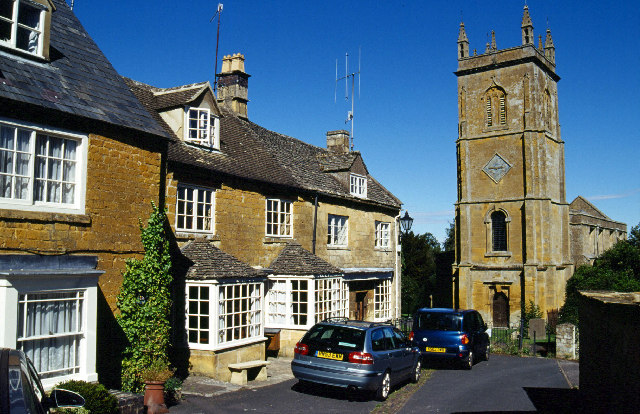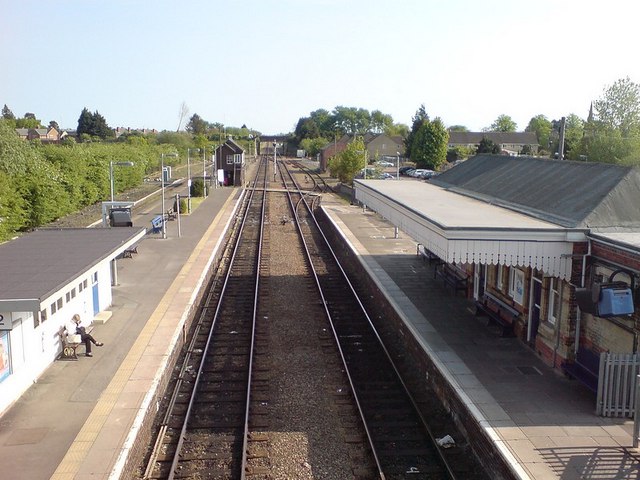|
Draycott, Gloucestershire
Draycott is a small hamlet in north Gloucestershire between Moreton-in-Marsh and Blockley, within Blockley civil parish. It is not mentioned in Domesday Book Domesday Book ( ; the Middle English spelling of "Doomsday Book") is a manuscript record of the Great Survey of much of England and parts of Wales completed in 1086 at the behest of William the Conqueror. The manuscript was originally known by ... but was in existence by 1182. Draycott has a green and each summer a barbecue is held there for the locals. References External links References in history of Blockley parish, at www.british-history.ac.uk(2007-05-23)Brief reference at www.british-history.ac.uk Villages in Gloucestershire ... [...More Info...] [...Related Items...] OR: [Wikipedia] [Google] [Baidu] |
Blockley
Blockley is a village, Civil parish#United Kingdom, civil parish and Parish, ecclesiastical parish in the Cotswold (district), Cotswold district of Gloucestershire, England, about northwest of Moreton-in-Marsh. Until 1931 Blockley was an Enclave and exclave, exclave of Worcestershire. The civil and ecclesiastical parish boundaries are roughly coterminous, and include the Hamlet (place), hamlets of Draycott, Gloucestershire, Draycott, Paxford and Aston Magna, the residential development at Northwick Park, Gloucestershire, Northwick and the deserted hamlets of Upton and Upper Ditchford. Blockley village is on Blockley Brook, a tributary of Knee Brook. Knee Brook forms the northeastern boundary of the parish and is a tributary of the River Stour, Warwickshire, River Stour. History Manor In AD 855 King Burgred of Mercia granted a monastery at Blockley to Ealhhun, Bishop of Worcester for the price of 300 Solidus (coin), solidi.''Victoria County History'', 1913, pages 265-276 In ... [...More Info...] [...Related Items...] OR: [Wikipedia] [Google] [Baidu] |
Gloucestershire
Gloucestershire ( , ; abbreviated Glos.) is a Ceremonial counties of England, ceremonial county in South West England. It is bordered by Herefordshire to the north-west, Worcestershire to the north, Warwickshire to the north-east, Oxfordshire to the east, Wiltshire to the south, Bristol and Somerset to the south-west, and the Wales, Welsh county of Monmouthshire to the west. The city of Gloucester is the largest settlement and the county town. The county is predominantly rural, with an area of and a population of 916,212. After Gloucester (118,555) the largest distinct settlements are Cheltenham (115,940), Stroud (26,080), and Yate (28,350). In the south of the county, the areas around Filton and Kingswood, South Gloucestershire, Kingswood are densely populated and part of Bristol Built-up Area, Bristol built-up area. For Local government in England, local government purposes Gloucestershire comprises a non-metropolitan county, with six districts, and the Unitary authorities ... [...More Info...] [...Related Items...] OR: [Wikipedia] [Google] [Baidu] |
North Cotswolds (UK Parliament Constituency)
North Cotswolds is a newly created List of UK Parliament constituencies, constituency of the House of Commons of the United Kingdom, House of Commons in the UK Parliament. Created as a result of the 2023 review of Westminster constituencies, it was first contested at the 2024 United Kingdom general election, 2024 general election, when it was won by Conservative Party (UK), Conservative Geoffrey Clifton-Brown, who had represented Cirencester and Tewkesbury then The Cotswolds (UK Parliament constituency), The Cotswolds since 1992. Boundaries The constituency was formed from a split of the former The Cotswolds (UK Parliament constituency), Cotswolds constituency, with the other half reformed as part of the new South Cotswolds constituency. The constituency is composed of the following wards (as they existed on 1 December 2020): * The District of Cotswold wards of: Blockley; Bourton Vale; Bourton Village; Campden & Vale; Chedworth & Churn Valley; Coln Valley; Ermin; Fosseridge; ... [...More Info...] [...Related Items...] OR: [Wikipedia] [Google] [Baidu] |
Cotswold District
Cotswold is a local government district in Gloucestershire, England. It is named after the wider Cotswolds region and range of hills. The council is based in the district's largest town of Cirencester. The district also includes the towns of Chipping Campden, Fairford, Lechlade, Moreton-in-Marsh, Northleach, Stow-on-the-Wold and Tetbury, along with numerous villages and surrounding rural areas. In 2021 the district had a population of 91,125. The district covers nearly , with some 80% of the land located within the Cotswolds Area of Outstanding Natural Beauty. The much larger area referred to as the Cotswolds encompasses nearly 800 square miles, spanning five counties: Gloucestershire, Oxfordshire, Warwickshire, Wiltshire, and Worcestershire. This large Area of Outstanding Natural Beauty had a population of 139,000 in 2016. Eighty per cent of the district lies within the River Thames catchment area, with the Thames itself and several tributaries including the River Wind ... [...More Info...] [...Related Items...] OR: [Wikipedia] [Google] [Baidu] |
Moreton-in-Marsh
Moreton-in-Marsh is a market town in the Evenlode Valley, within the Cotswolds district and Area of Outstanding Natural Beauty in Gloucestershire, England. Its flat and low-lying site is surrounded by the Cotswold Hills. The River Evenlode rises near Batsford, runs around the edge of Moreton and meanders towards Oxford, where it flows into the river Thames just east of Eynsham. Just over east of Moreton, the Four shire stone marked the boundary of the historic counties of Gloucestershire, Warwickshire, Worcestershire and Oxfordshire, until the re-organisation of the county boundaries in 1931. Since then it marks the meeting place of Gloucestershire, Warwickshire and Oxfordshire. Toponymy Moreton is derived from Old English which means "Farmstead on the Moor" and "in Marsh" is from ''henne'' and ''mersh'' meaning a marsh used by birds such as moorhens. An alternative suggestion is that 'Marsh' is a corruption of 'March', early English for boundary. History A settleme ... [...More Info...] [...Related Items...] OR: [Wikipedia] [Google] [Baidu] |
Domesday Book
Domesday Book ( ; the Middle English spelling of "Doomsday Book") is a manuscript record of the Great Survey of much of England and parts of Wales completed in 1086 at the behest of William the Conqueror. The manuscript was originally known by the Latin name , meaning "Book of Winchester, Hampshire, Winchester", where it was originally kept in the royal treasury. The ''Anglo-Saxon Chronicle'' states that in 1085 the king sent his agents to survey every shire in England, to list his holdings and dues owed to him. Written in Medieval Latin, it was Scribal abbreviation, highly abbreviated and included some vernacular native terms without Latin equivalents. The survey's main purpose was to record the annual value of every piece of landed property to its lord, and the resources in land, labour force, and livestock from which the value derived. The name "Domesday Book" came into use in the 12th century. Richard FitzNeal wrote in the ( 1179) that the book was so called because its de ... [...More Info...] [...Related Items...] OR: [Wikipedia] [Google] [Baidu] |
Villages In Gloucestershire
A village is a human settlement or community, larger than a hamlet but smaller than a town with a population typically ranging from a few hundred to a few thousand. Although villages are often located in rural areas, the term urban village is also applied to certain urban neighborhoods. Villages are normally permanent, with fixed dwellings; however, transient villages can occur. Further, the dwellings of a village are fairly close to one another, not scattered broadly over the landscape, as a dispersed settlement. In the past, villages were a usual form of community for societies that practice subsistence agriculture and also for some non-agricultural societies. In Great Britain, a hamlet earned the right to be called a village when it built a church.-4; we might wonder whether there's a point at which it's appropriate to talk of the beginnings of French, that is, when it wa ... ''village'', from Latin ''villāticus'', ultimately from Latin ''villa'' (English ''villa''). C ... [...More Info...] [...Related Items...] OR: [Wikipedia] [Google] [Baidu] |



